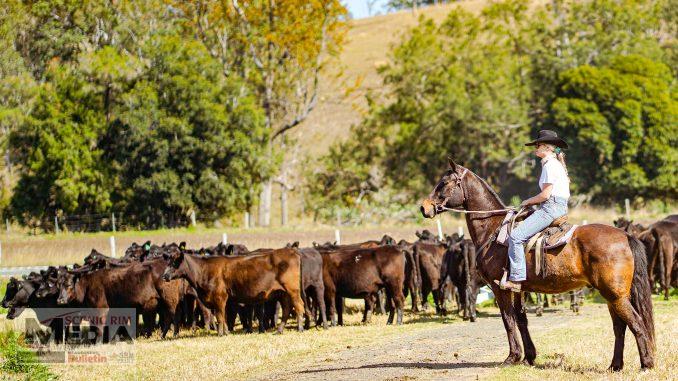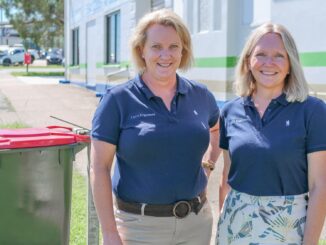
FOLLOWING three years of herd growth leading to the largest cattle herd in ten years in 2023, the Australian cattle herd is expected to ease by less than one per cent to 28.6 million head by June 30, 2024, according to Meat & Livestock Australia’s (MLA) latest Cattle Industry Projections.
Female retention
Female retention remains above long-term averages, particularly within northern production systems, illustrating that the herd has entered a maintenance phase as elevated turnoff has been driven by high supply rather than producer intention to destock.
According to Stephen Bignell, Manager of Market Information at MLA, female retention remaining above average is an element that is contributing to the Northern Australian cattle herd staying in a growth phase.
“Following an above average wet season across much of the north of the country, the cattle herd is expected to grow further, especially as consistent rainfall events brought on by cyclones and low-pressure weather systems continue throughout the summer,” Mr Bignell said.
“For the Southern herd, we expect it to constrict further into 2024 as it reaches maturity.
“This leads to increased turnoff while the cattle cycle enters a herd maintenance phase. This dynamic is influenced by the 2023 New South Wales female slaughter rate (FSR) averaging 48%, above the long-term benchmark of 47%.”
Labour concern
MLA also projects a lift in the slaughter rate which will drive production close to record levels in 2025. However, labour availability remains a concern for processors, especially as the number of processor-ready cattle increases.
Carcase weights will fall during these high production years, though they will remain well above long-term averages, thanks to the investments in genetic profile, and consistent improvements to Australia’s feedlot sector.
Market competition
The United States remains Australia’s key supply competitor, alongside Brazil, who export beef to key markets shared with Australia.
With the United States forecasting an easing to their drought condition across key cattle producing regions, a strong and extensive herd rebuild is expected to start during 2024.
The result is expected to be a contraction in the American supply, which will create an opportunity for Australian beef in global markets. Additionally, solid domestic supply will support strong demand for live cattle exports into major markets.
A positive year
Last year was a significant year for weather events, with an El Niño event and a positive Indian Ocean Dipole (IOD) declared in September, followed by four cyclones making landfall in the 2023/24 wet season so far.
For this year, Australia is expected to remain within a neutral IOD, while the El Niño–Southern Oscillation (ENSO) outlook, which indicates an El Niño or La Niña event, notes that we are likely to move out of the El Niño phase by May. Long-term forecasts for a La Niña event in 2024 are varied.
This year is looking to be a positive year for the cattle industry with the herd staying within a maintenance phase. While forecasts remain crucial for business management, the expected relative climate stability in 2024 suggests that decision-making may not be as reactive to long-term forecasts as observed in the reactive markets of 2023.





